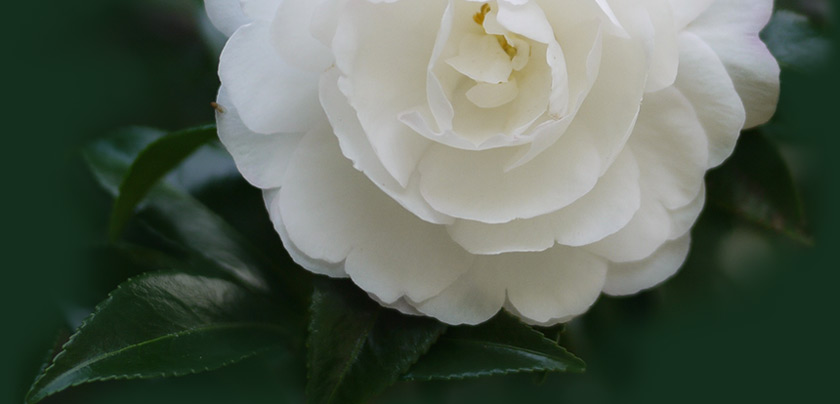In previous posts, I have talked about our c.nitidissima – one of the yellow species camellias. We have had a seed develop from last season’s flowers which we found while searching for this season’s flowers. And, yes, we do have a number of flowers continuing to develop. But the seed pod has split open and so I have taken it off the shrub this evening. The pod is still quite green, and the material surrounding the seed is quite soft and pithy – like the inside of the skin of a navel orange.
This is the first seed we have seen on nitidissima so this is of significant interest to us. One photo shows the seed intact but split, the other shows the two hard seeds and the pithy material surrounding them. I will treat these seeds the same as other species that we grow from seed eg sinensis and crapnelliana, and hope that nitidissima liked the same treatment.
We will keep the little seeds inside until they shoot for two reasons, one to keep a close eye on them, and second, the possums and bandicoots love magnolia and michelia seeds and have a habit of digging up seeds and eating them – I don’t want them any where near these just in case.






I see that you harvested your first Nitidissima seeds in June 2011. I just harvested my first. How did they germinate and are they plants now? Mine are smaller than yours.
Thanks, Rick
Rick, these seeds germinated well and the plants grew quite well to about 30cm. Then the top died down. We cut these back and new shoots started from the base of the plant. Since then, they have alternately grown and died back. They are now both multi stemmed plants and still about 30cm and looking very poorly. The roots look quite sound. I have not bothered very much with these as I have tries more cuttings (which I find not very successful – the last half dozen batch all up and died within days after 18 months). and have grafted a few which are doing well. These are from a couple of different sources and I am waiting to see flowers as there seems to be many different versions of ‘nitidissima’. I say this as the one we grow in the garden we have always assumed is a ‘nitidissima’ without other proof other that the leaf looks right and the flowers are yellow and look right. We are now more aware that there are many other yellows with similar leaf type including euphelebia. We have different nitidissimas with slightly different leaves, and our main nitidissima has a leaf more like that of a specimen of euphelebia.
So we keep looking about and observing.
keep in touch. you can email me direct.
Cheers